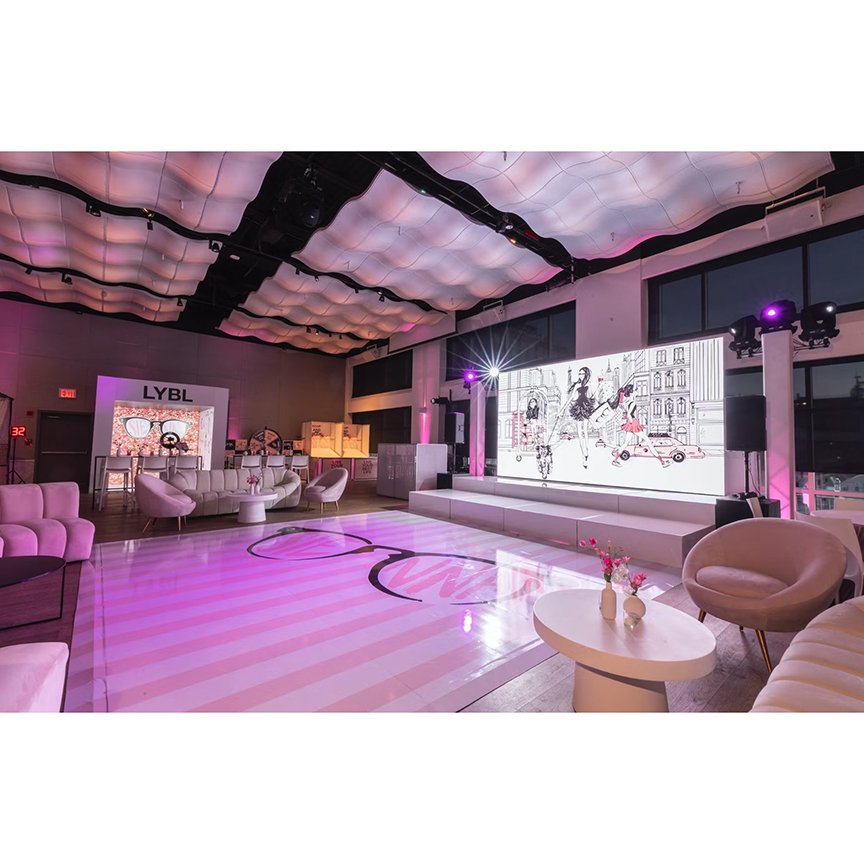Illuminating Ingenuity Via Shade Theory for LED Movement Floor Layouts
Illuminating Ingenuity Via Shade Theory for LED Movement Floor Layouts
Blog Article
Color theory is an crucial element of aesthetics, especially when it relates to designing LED dance floors. The interaction of colors can significantly influence the mood and vibe of a space. Through understanding how colors function together, creators can craft an ambiance that enhances the overall encounter for participants. This article examines the basics of color principles and its use in light-emitting diode dancing surface layouts.
The main hues are crimson, azure, and golden. These hues cannot created by blending different hues combined. Intermediate hues, such as emerald, tangerine, and violet, are created by mixing main hues. Third-level hues are created by combining a main hue with a intermediate color. Understanding these basic connections helps creators select colors that enhance one another and produce a aesthetically pleasing display. Mixing these hues on an light-emitting diode dancing surface can result to vibrant and stimulating effects that capture the attention of participants.
Hue temperature also plays a key part in aesthetics. Hues can be categorized as warm or cool. Hot colors, such as red, orange, and yellow, tend to evoke feelings of enthusiasm and warmth. In contrast, cool hues like azure, emerald, and purple often create a serene and tranquil environment. Creators can utilize these hue values to establish the mood for different types of occasions. For example, a celebration atmosphere may gain from warm colors that invigorate the audience, while a more relaxed event might employ cool colors to provide a calming effect.
In furthermore to hue pairings and temperature, brightness and intensity are essential elements to consider. Brightness refers to how light or dim a hue appears, while saturation indicates the intensity of a hue. Vivid, saturated hues can create a vibrant and lively atmosphere, ideal for dance floors. On the other hand, softer, less saturated hues can generate a more subdued environment. Through adjusting luminosity and Read Full Report intensity, designers can attract focus to specific areas of the dancing surface or create visual routes, leading participants through the venue.
Finally, it is essential to consider the psychological impacts of color in light-emitting diode dancing floor designs. Various hues can evoke various feelings and reactions. For example, red is frequently associated with zeal and vitality, while blue can be calming and tranquil. Grasping these associations enables creators to strategically apply hues to influence the behavior of participants. Through incorporating color principles into light-emitting diode dance surface designs, creators can improve the overall encounter, making it memorable and pleasurable for all read more involved.